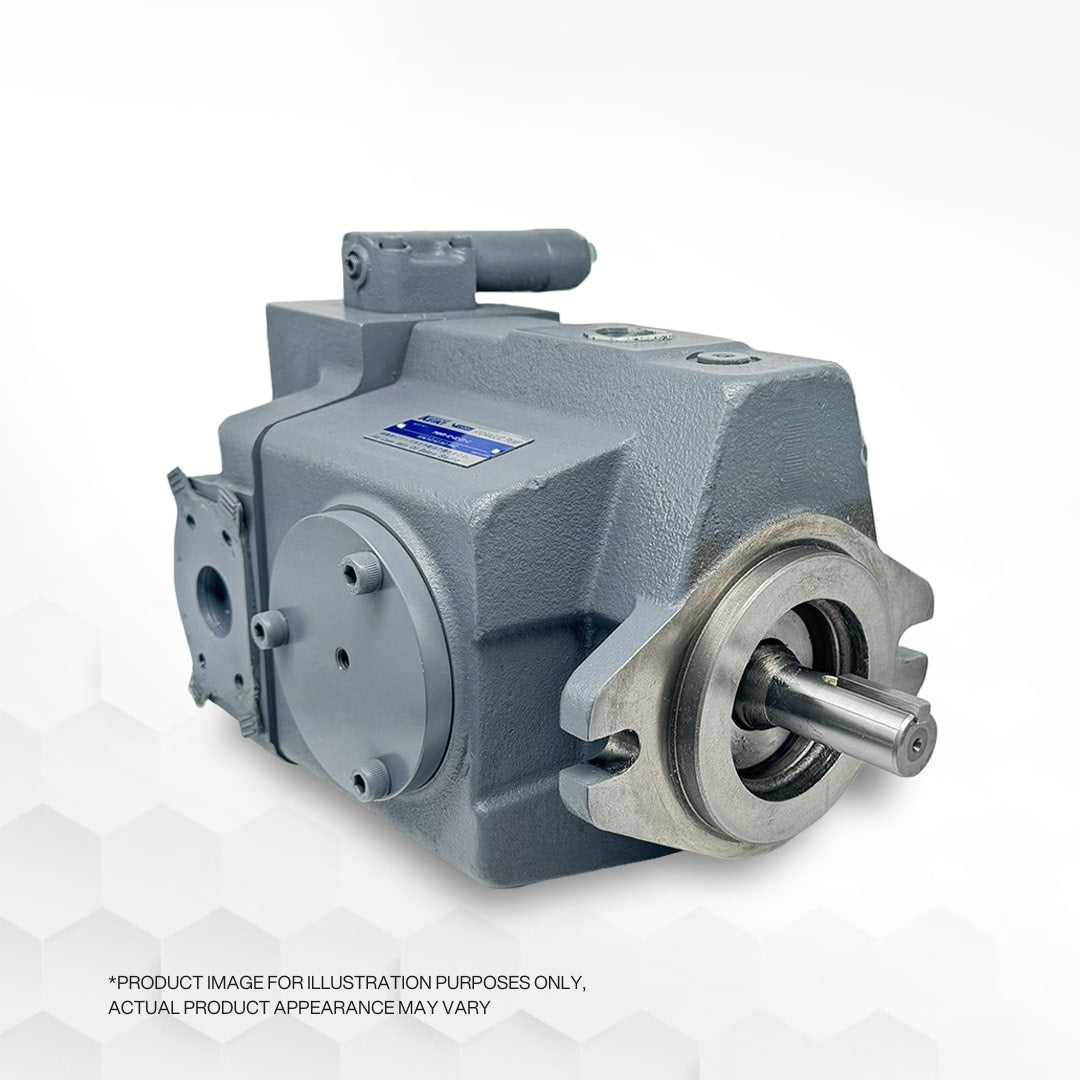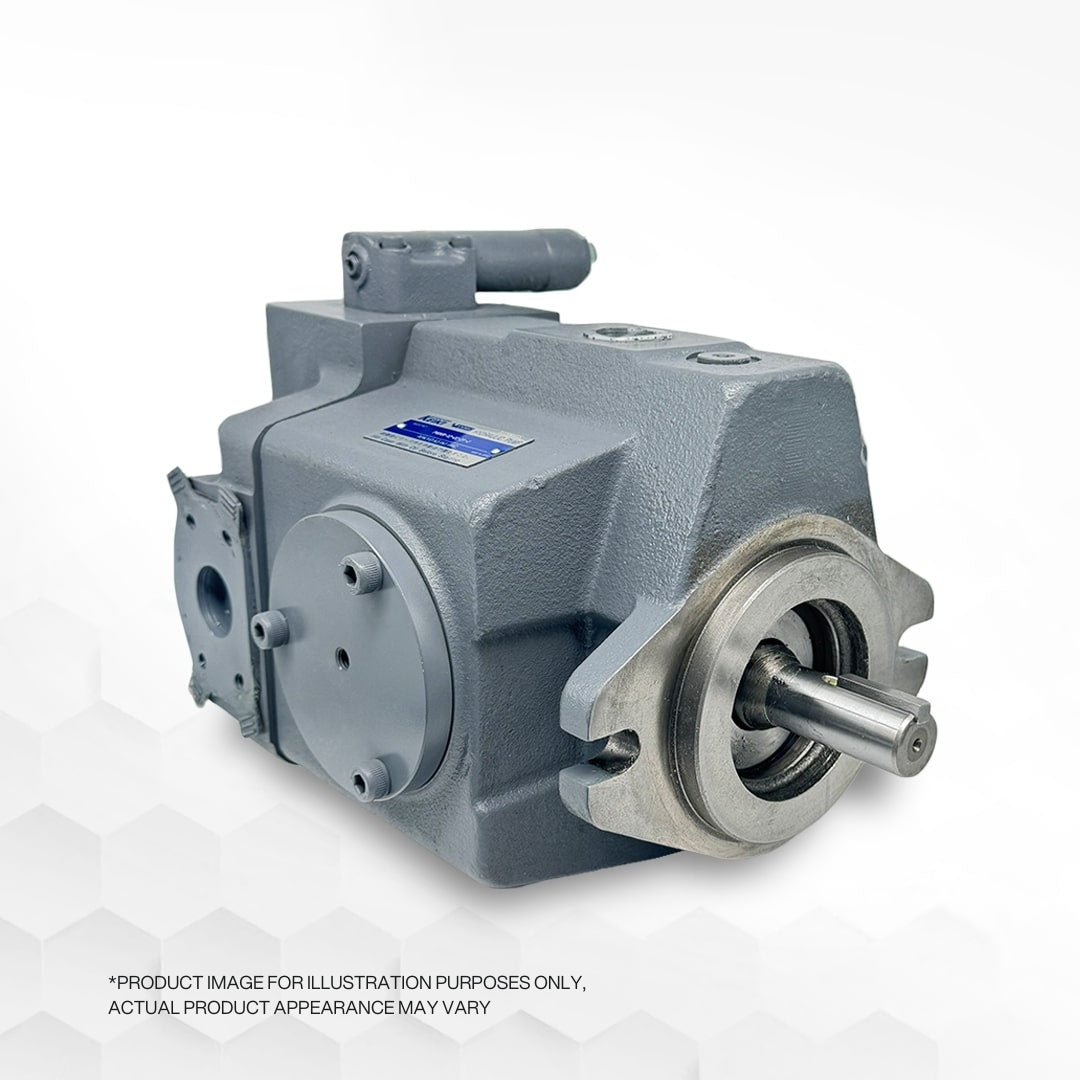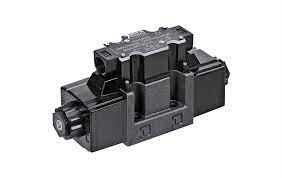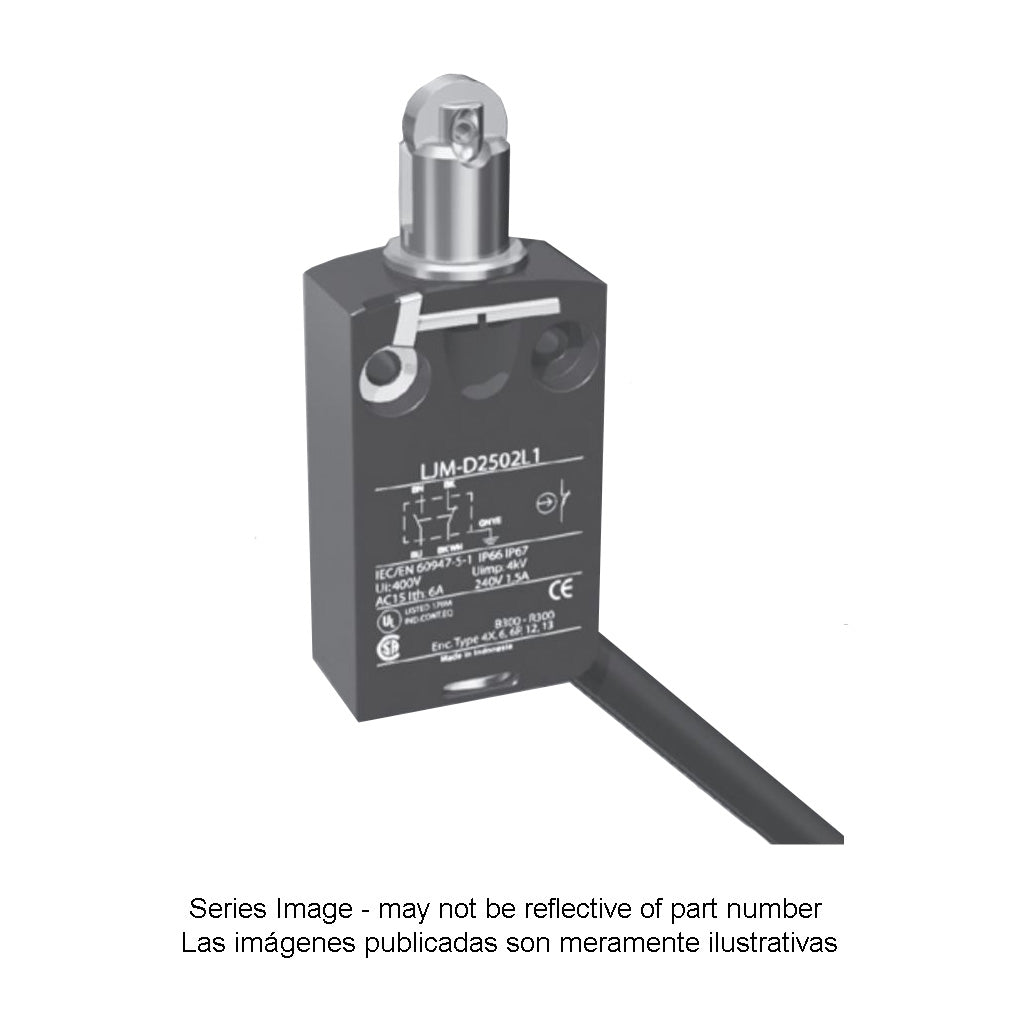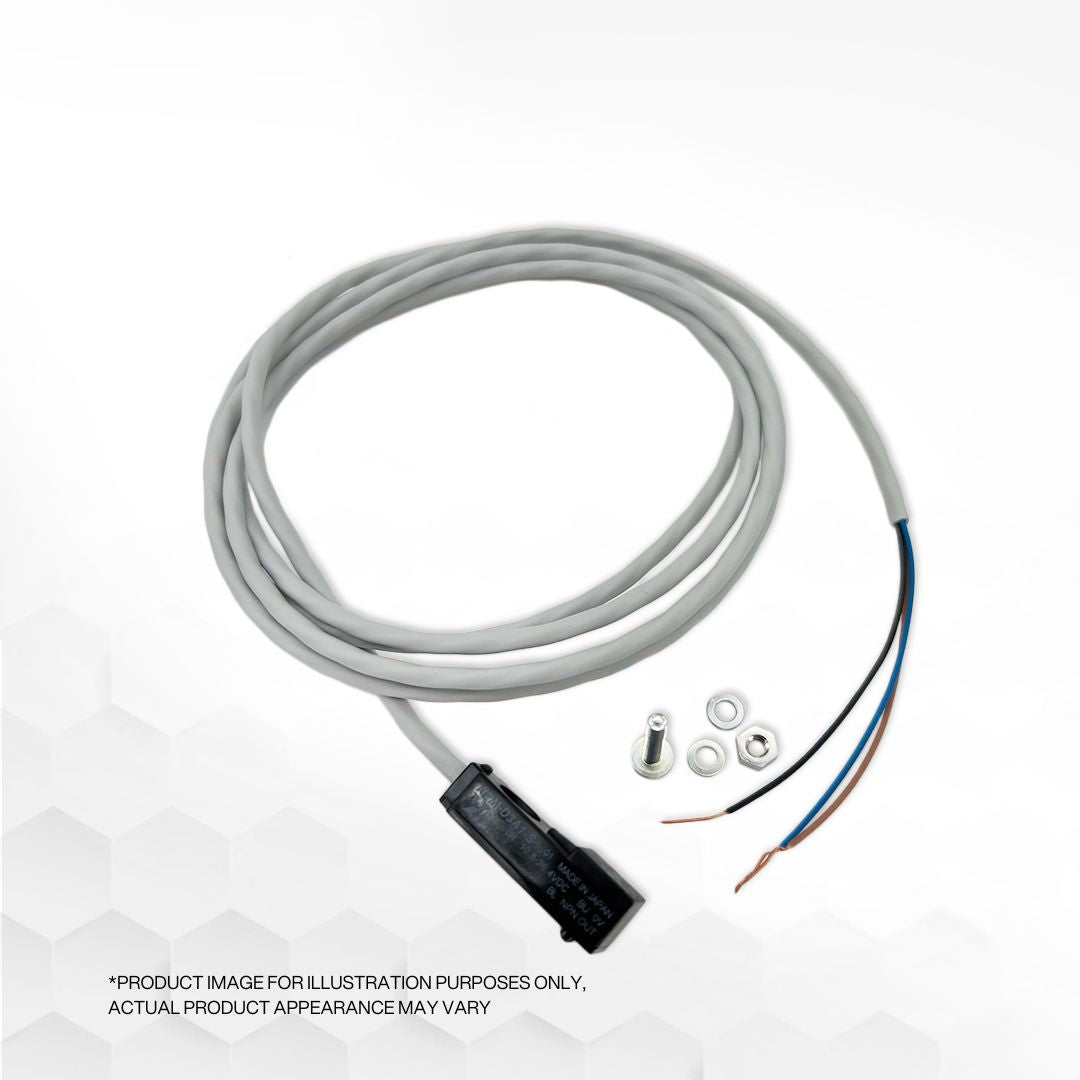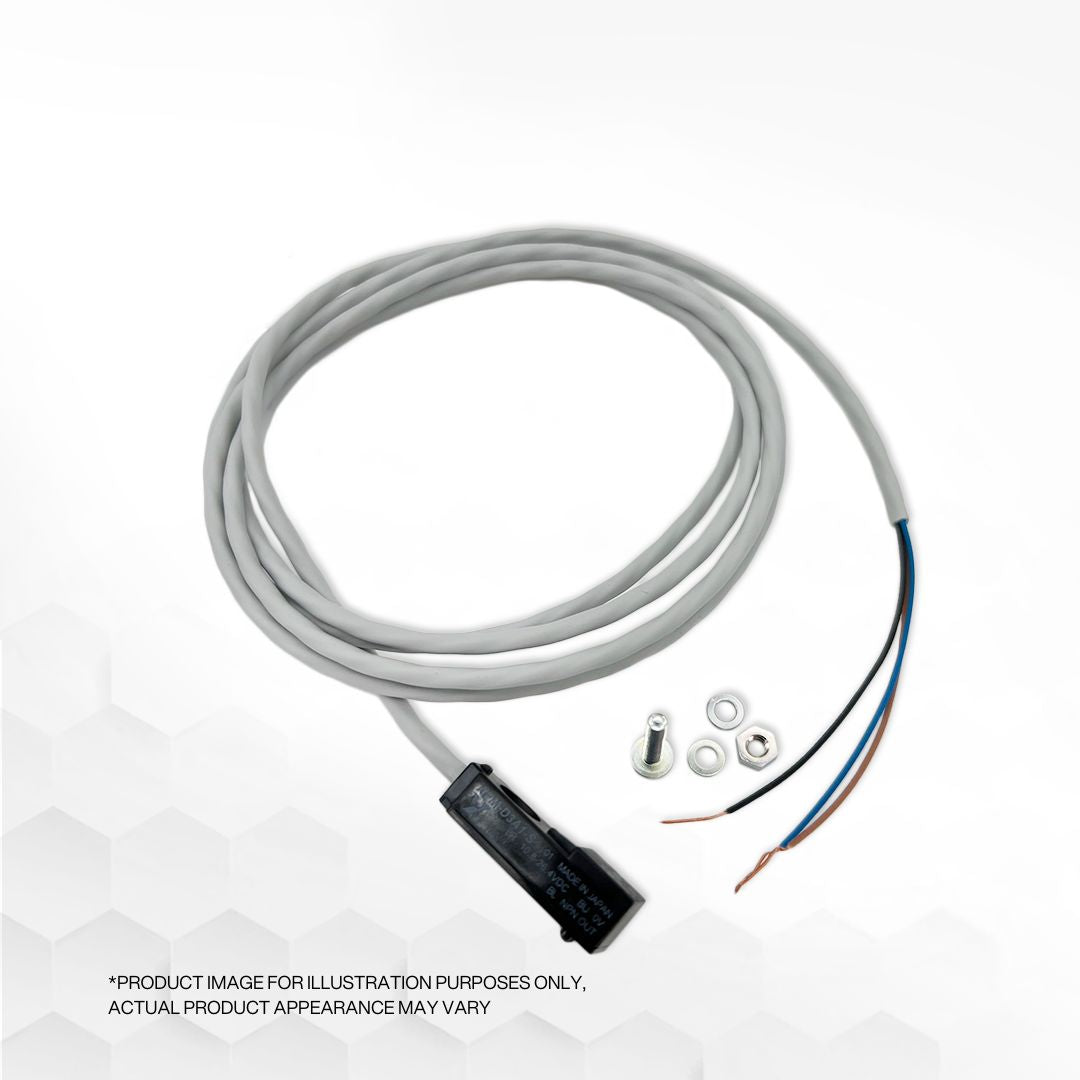
3 Ways of Testing the Hydraulic Pump
Maintaining a well-functioning pump is crucial to avoid costly downtime and production losses. Regularly checking and testing hydraulic pumps can provide valuable insights into their condition. Some common tests include monitoring the temperature of the pump case, measuring the flow of the case drain, and observing the current draw of the drive motor. Consistently conducting these tests can help slow down wear and extend the pump's lifespan.
Monitoring and testing are key aspects of pump maintenance. As a pump wears, internal tolerances increase, leading to increased bypassing. Consequently, the pump case temperature rises, and the case flow also increases. Regularly measuring the case flow is an effective way to assess the pump's condition. While general guidelines and manufacturer documentation can offer reference parameters, it's essential to establish what is normal for each specific machine.
To determine whether a pump is in good condition, a simple check can be performed in a matter of seconds if the system allows for it. The most accurate and convenient method involves measuring the flow through the system relief valve. By installing a flow meter in the system, the flow through the relief valve can be measured whenever required, providing valuable diagnostic information.
Although the flow meter may remain unnoticed during normal machine operation, its significance becomes evident during system downtime when diagnosing problems. Installing a flow meter in the relief valve tank line is a cost-effective option, particularly when the meter can withstand lower pressure ratings. However, some systems may not have an exposed relief valve tank line, requiring a high-pressure flow meter to be installed in the pressure line between the pump and relief valve. This setup allows flow measurement when the system's power supply is isolated from the rest of the machine.
In conclusion, regardless of the pump type, it is essential to ensure that the relief valve is set to a very low pressure before starting the machine. By conducting regular tests and incorporating flow meters, proactive pump maintenance can minimize downtime and optimize productivity in a manufacturing facility.
